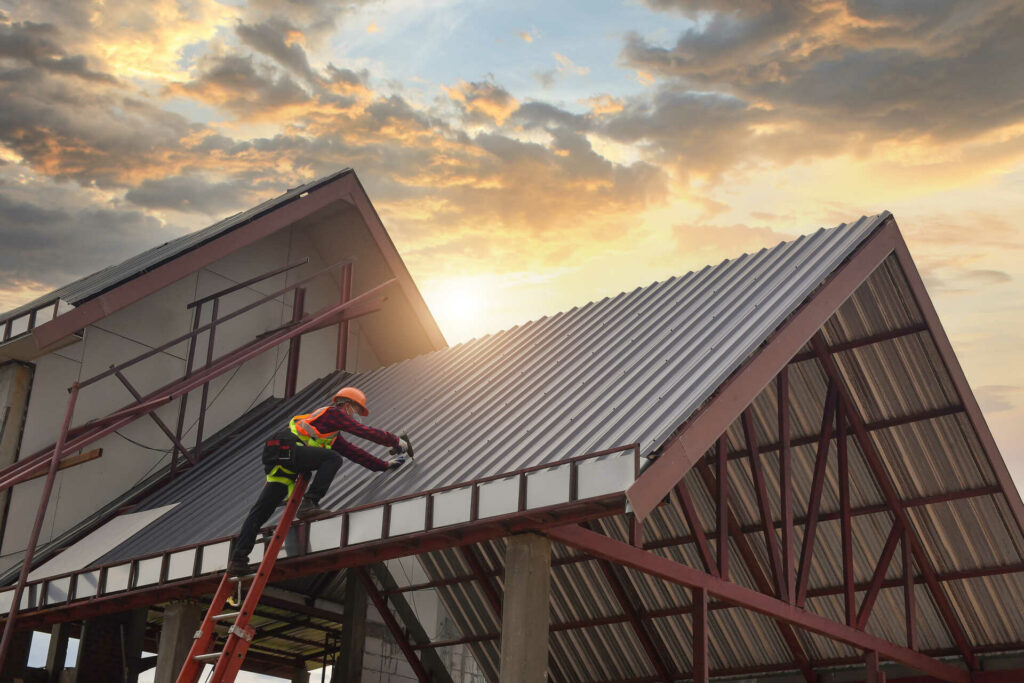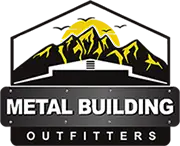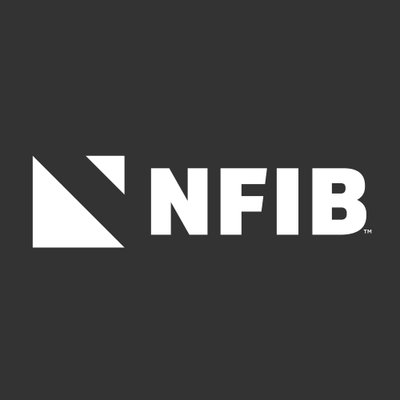
Contents
Picture this: custom metal structures are like a tailored suit. A suit’s cost can vary greatly depending on the fabric, design intricacies, and the tailor’s expertise. Custom metal structures also come with a wide range of price tags.
The factors influencing the price of these structures are multifaceted and delve into various aspects beyond just the materials used. From the complexity of the design to the reputation of the manufacturer, each element plays a crucial role in determining the final cost.
Explore further to uncover the intricate web of factors that contribute to the varying prices of custom metal structures.
Key Takeaways
- Material quality, design complexity, size and dimensions, and customization level and features are key factors influencing the pricing variation in custom metal structures.
- The impact of material quality on custom metal structures includes considerations such as thickness, support structures, surface area, and precision welding for structural soundness.
- Customization level and features play a significant role in pricing, with factors like height, width, depth, complex shapes, material selection, and custom features affecting costs and engineering requirements.
- Material selection and complexity also impact pricing, with different metals offering varying levels of durability and strength and custom features influencing price variations due to installation challenges and design intricacies.
Material Quality
When selecting materials for custom metal structures, prioritize quality over cost to ensure long-lasting and durable construction. The source of materials plays a crucial role in determining the overall quality of the structure. Opting for reputable suppliers known for their high-grade materials ensures that your metal structure will withstand the test of time. Material sourcing directly impacts the structural integrity and longevity of the final product.
In addition to material sourcing, fabrication techniques are equally important in ensuring the quality of custom metal structures. The way in which the materials are processed and assembled can significantly affect the strength and durability of the end product. Advanced fabrication techniques, such as precision laser cutting and robotic welding, result in more precise and reliable structures. These techniques not only enhance the structural integrity but also contribute to the overall aesthetic appeal of the metal structure.
Design Complexity
To ensure the structural integrity and durability of custom metal structures, the complexity of the design must be carefully considered during the planning and fabrication process. Design complexity plays a crucial role in determining both the cost efficiency and the overall quality of the structure. When intricate designs are incorporated into metal structures, they often require specialized fabrication techniques and a higher level of precision in construction, impacting the time and expertise needed for completion.
The structural integrity of a custom metal structure heavily relies on the complexity of its design. Intricate designs may involve multiple components that need to fit together seamlessly to ensure stability and strength. Moreover, complex designs often require additional reinforcements and meticulous detailing to uphold the structural integrity of the final product. Balancing structural integrity with aesthetic appeal is essential when considering the complexity of the design, as intricate designs mustn’t compromise the overall durability of the structure.
While complex designs can enhance the aesthetic appeal of custom metal structures, they can also increase fabrication costs. Intricate shapes and patterns may require advanced machinery and skilled labor, leading to higher production expenses. Additionally, the durability of a custom metal structure can be affected by the complexity of its design, as intricate features may be more prone to wear and corrosion over time if not properly executed. Thus, when determining the design complexity of a custom metal structure, it’s crucial to strike a balance between aesthetic appeal, structural integrity, and cost efficiency.
Size and Dimensions
When considering custom metal structures, the size and dimensions play a crucial role in determining the final cost. Larger structures often require more materials, impacting the overall pricing significantly.
The complexity of the design interacts with the size, influencing customization levels and affecting the total expenses involved.
Material Quality Impacts
The size and dimensions of custom metal structures directly correlate with the impact of material quality, influencing both structural integrity and overall cost. When considering material quality impacts in relation to size and dimensions, several key factors come into play:
- Thickness: Thicker metal sheets enhance durability and strength.
- Support Structures: Larger structures require additional reinforcement for stability.
- Surface Area: More extensive structures may need higher-grade materials for longevity.
- Joining Techniques: Welding larger metal pieces demands precision for structural soundness.
Understanding how size and dimensions affect material quality can help you make informed decisions when customizing metal structures for optimal performance and cost-efficiency.
Complexity Affects Pricing
An increase in complexity directly impacts the pricing of custom metal structures, with size and dimensions playing a crucial role in determining the final cost. Larger structures require more materials, intricate structural engineering, and advanced fabrication methods, leading to higher expenses.
The installation process also becomes more complex with larger sizes, involving additional labor and equipment, further contributing to the overall cost. Moreover, the dimensions of the structure influence the cost factors significantly. Custom metal structures with unique shapes or unconventional dimensions often require specialized manufacturing techniques, which can increase the pricing due to the added complexity involved in creating such pieces.
Therefore, when considering custom metal structures, understanding how size and dimensions impact the overall pricing is essential for planning and budgeting accurately.
Customization Level Influences
Customization intricacy directly correlates with the impact of size and dimensions on custom metal structure pricing. When considering the level of customization, customer preferences play a crucial role in determining the final cost. Here’s how different size and dimension factors can influence pricing:
- Height: Taller structures often require more material and intricate engineering solutions, leading to higher costs.
- Width: Wider structures may necessitate specialized fabrication techniques, impacting the overall pricing.
- Depth: Deeper structures might involve additional structural support, affecting the complexity and pricing.
- Complex Shapes: Unconventional shapes or non-standard dimensions can increase the manufacturing difficulty and subsequently raise the price tag.
Understanding how size and dimensions interact with customization levels is essential for aligning the final design with your budget and preferences.
Custom Features
When considering custom features for metal structures, it’s crucial to explore design options that align with your needs.
Selecting the appropriate materials is a key factor in ensuring the durability and aesthetics of the structure.
The complexity of the features chosen will directly impact the overall cost and construction timeline.
Design Options
Dive into the realm of custom metal structures by exploring the array of design options available to suit your specific needs and preferences. When considering custom features, keep in mind that the design options play a crucial role in determining the final look and functionality of your structure. Here are some key aspects to ponder:
- Finish Options: Choose between a variety of finishes such as powder coating, galvanized steel, or stainless steel to enhance the appearance and durability of your metal structure.
- Structural Integrity: Opt for designs that prioritize strength and stability, ensuring your custom metal structure can withstand various environmental conditions.
- Aesthetic Appeal: Balance the structural requirements with the aesthetic appeal to create a visually pleasing and functional structure.
- Customization Limitations: Be aware of any constraints or limitations in customization to align your design aspirations with practical possibilities.
Material Selection
Selecting the appropriate metal material is crucial in determining the performance and longevity of your custom metal structure. The material you choose impacts the structural integrity, cost efficiency, and aesthetic appeal of the final product. Different metals offer varying levels of durability and strength, affecting the overall quality of the structure.
Consider factors such as corrosion resistance, weight-bearing capacity, and weather durability when selecting the material. Additionally, the finishing options available for different metals can influence the visual appeal of your structure. While some materials may be more cost-effective initially, others could offer long-term benefits by requiring less maintenance.
Complexity Impact
Considering the complexity of custom features significantly impacts the overall price variations of custom metal structures. Custom features can greatly influence the cost due to installation challenges and the need to maintain structural integrity.
When it comes to design aesthetics, specific details can elevate the overall look but also increase the price. Engineering constraints play a crucial role in determining the complexity of the project, affecting both the design process and the final cost.
The intricacy of custom features demands precise planning and execution, which can lead to higher pricing. By understanding these factors, you can better appreciate how custom metal structures vary in price based on the complexity of their features.
Location of Installation
When determining the location for installing custom metal structures, consider the environmental factors that may impact their longevity and performance. Installation requirements and climate considerations play a crucial role in deciding the suitable placement for these structures. Different climates demand specific coatings or materials to withstand elements like extreme heat, moisture, or corrosive environments. Understanding the local regulations is vital to ensure compliance and avoid any legal issues during or after installation.
Moreover, delivery logistics can also affect the overall cost of custom metal structures. The proximity of the installation site to the manufacturing facility or suppliers can significantly impact transportation costs. Additionally, factors like accessibility to the installation site, road conditions, and any necessary permits can influence the delivery process and, consequently, the final price.
Additional Accessories
To enhance the functionality and aesthetics of custom metal structures, incorporating additional accessories is a strategic decision that can optimize the overall performance and visual appeal. Custom finishes and decorative elements play a crucial role in transforming a standard metal structure into a personalized and eye-catching masterpiece.
Here are four key accessories that can take your custom metal structure to the next level:
- Custom Finishes: Custom finishes offer a myriad of options to tailor the appearance of your metal structure to your liking. Whether you prefer a sleek, modern look with a polished finish or a more rustic feel with a weathered patina, custom finishes allow you to achieve the exact aesthetic you desire.
- Decorative Elements: From intricate scrollwork to ornate accents, decorative elements add flair and personality to your metal structure. These elements not only enhance the overall visual appeal but also showcase your unique style and preferences.
- Functional Additions: Accessories such as built-in benches, shelves, or hooks can increase the practicality and usability of your metal structure. These additions not only improve the functionality of the structure but also enhance its versatility for various purposes.
- Lighting Fixtures: Incorporating lighting fixtures can illuminate your metal structure, creating a striking visual impact, especially at night. Whether it’s subtle LED strip lighting or bold statement fixtures, lighting can enhance the ambiance and highlight the design features of the structure.
Manufacturer Reputation
A manufacturer’s reputation serves as a critical indicator of the quality and reliability of custom metal structures. When considering custom metal structures, it’s essential to evaluate the manufacturer’s reputation thoroughly. The reputation of a manufacturer is often built upon the consistency and excellence of their manufacturing process. A reputable manufacturer will have a well-documented and efficient manufacturing process that ensures the quality and precision of each custom metal structure they produce.
One way to assess a manufacturer’s reputation is by examining customer reviews. Customer reviews provide valuable insights into the experiences of those who’ve previously purchased custom metal structures from a particular manufacturer. Positive reviews often highlight the manufacturer’s attention to detail, timely delivery, and overall customer satisfaction. On the other hand, negative reviews may indicate issues with the quality of the custom metal structures, customer service, or the manufacturing process itself.
Seasonal Demand
Manufacturer reputation significantly influences the fluctuation in demand for custom metal structures due to seasonal trends in the market. When considering seasonal demand for custom metal structures, the supply chain plays a crucial role.
Here are four key factors to keep in mind regarding seasonal demand:
- Raw Material Availability: During peak seasons, fluctuations in demand can impact the availability of raw materials, affecting production timelines and potentially leading to price variations.
- Production Capacity: Manufacturers often adjust their production capacity based on seasonal demand. High demand periods may lead to longer lead times or increased prices due to limited production slots.
- Customer Preferences: Seasonal trends can influence customer preferences for specific types of custom metal structures. Understanding these preferences helps manufacturers align their production to meet market demands effectively.
- Dynamic Pricing Strategy: Manufacturers may implement dynamic pricing strategies to optimize revenue during periods of high demand. This strategy involves adjusting prices based on market conditions, ensuring competitiveness while maximizing profits.
Considering these factors, manufacturers must carefully manage their supply chain and pricing strategy to navigate seasonal demand fluctuations effectively. By adapting production processes and pricing strategies to seasonal trends, manufacturers can meet customer needs efficiently while maintaining competitiveness in the market.
Wrap-Up
The varying prices of custom metal structures can be attributed to factors such as:
- Material quality
- Design complexity
- Size
- Custom features
- Installation location
- Additional accessories
- Manufacturer reputation
- Seasonal demand
Each of these factors plays a crucial role in determining the final cost of the structure.
By carefully considering these factors, you can ensure that you’re getting the best value for your investment in a custom metal structure.
Recent Posts
Designing Your Ideal Commercial Metal Building: A Guide
When envisioning your ideal commercial metal building, imagine a spacious warehouse that efficiently houses your
Top Customizable Commercial Metal Buildings for Sale
When it comes to finding the perfect commercial space for your business needs, the options
7 Best Industrial Steel Structures for Heavy Machinery
When housing heavy machinery, did you know that industrial steel structures have been shown to


